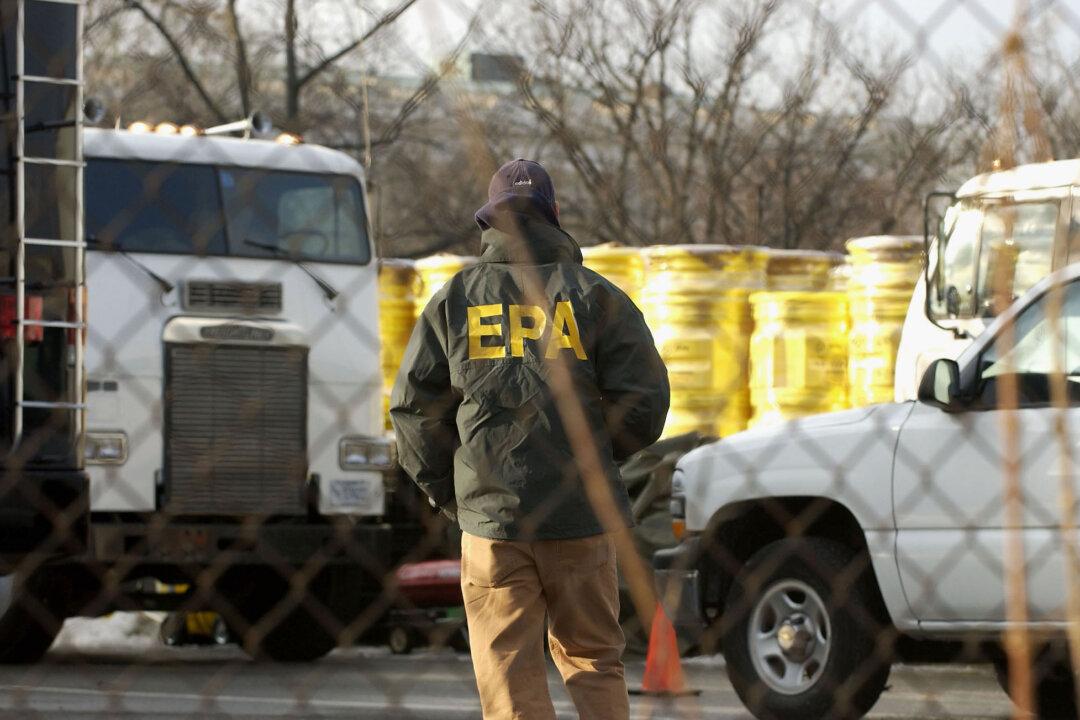Most Americans likely do not realize that there are thousands of facilities scattered throughout the United States that store large amounts of hazardous chemicals.
Some of these plants may be located in their own communities and history shows some of these facilities don’t always comply with safety rules meant to prevent catastrophic accidents and chemical releases that have maimed or killed employees—and that could pose a hazard to people in the wider community.





